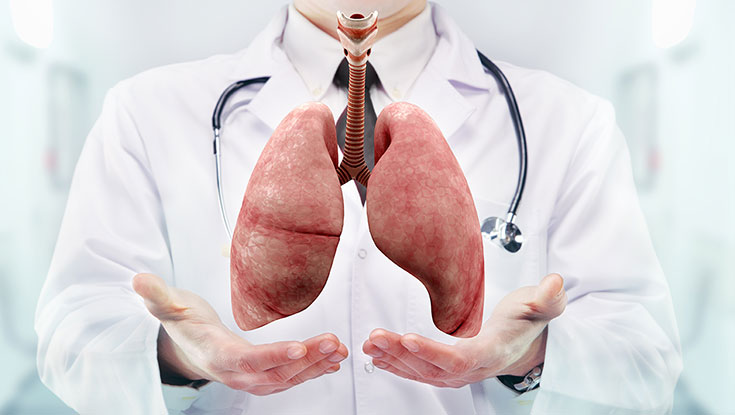Poor circulation, also known as peripheral vascular disease or peripheral artery disease, is a condition that occurs when blood flow to the limbs, particularly the legs and arms, is restricted or reduced. The most common cause of poor circulation is atherosclerosis, a buildup of plaque inside the blood vessels that leads to narrowing and blockage. Other causes include diabetes, high blood pressure, smoking, obesity, and a sedentary lifestyle. In this essay, we will discuss the causes and treatment of poor circulation.
Causes of poor circulation:
Atherosclerosis is the most common cause of poor circulation. This condition occurs when plaque builds up inside the arteries, causing them to become narrow and stiff. This, in turn, reduces blood flow to the limbs, resulting in poor circulation. Atherosclerosis is most commonly caused by a combination of factors, including high blood pressure, high cholesterol, smoking, and diabetes.
Diabetes is another common cause of poor circulation. High blood sugar levels can damage blood vessels over time, making them more likely to narrow and become blocked. People with diabetes are also more likely to have high blood pressure and high cholesterol, which can further contribute to poor circulation.
Smoking is another major risk factor for poor circulation. Cigarette smoke contains harmful chemicals that can damage blood vessels and cause inflammation. Over time, this can lead to atherosclerosis and other conditions that contribute to poor circulation.
Obesity and a sedentary lifestyle can also contribute to poor circulation. Excess weight can put additional strain on the heart and blood vessels, making it harder for blood to flow through the body. A lack of physical activity can also contribute to poor circulation by weakening the heart and blood vessels.
Treatment of poor circulation
The treatment of poor circulation depends on the underlying cause. In many cases, lifestyle changes can improve blood flow and reduce symptoms. These may include:
-
Exercise: Regular exercise can improve circulation by strengthening the heart and blood vessels. Walking, cycling, swimming, and other low-impact exercises are recommended.
-
Healthy diet: A diet rich in fruits, vegetables, whole grains, and lean proteins can help reduce inflammation, lower cholesterol levels, and improve circulation.
-
Smoking cessation: Quitting smoking is essential for improving circulation and reducing the risk of complications.
-
Medications: Medications may be prescribed to manage underlying conditions such as high blood pressure, high cholesterol, or diabetes.
In some cases, more invasive treatments may be necessary. These may include:
-
Angioplasty: This procedure involves inserting a small balloon into the affected blood vessel and inflating it to widen the vessel and improve blood flow.
-
Stenting: A stent is a small mesh tube that can be placed inside a narrowed or blocked blood vessel to keep it open and improve blood flow.
-
Bypass surgery: In some cases, a surgeon may need to create a bypass around a blocked or narrowed blood vessel to improve circulation.
Poor circulation is a common condition that can have a significant impact on a person's quality of life. The most common causes are atherosclerosis, diabetes, smoking, obesity, and a sedentary lifestyle. Treatment typically involves lifestyle changes such as exercise, healthy eating, and quitting smoking, as well as medications and, in some cases, more invasive treatments such as angioplasty, stenting, or bypass surgery. It is important to consult a healthcare professional for proper diagnosis and treatment of poor circulation.







